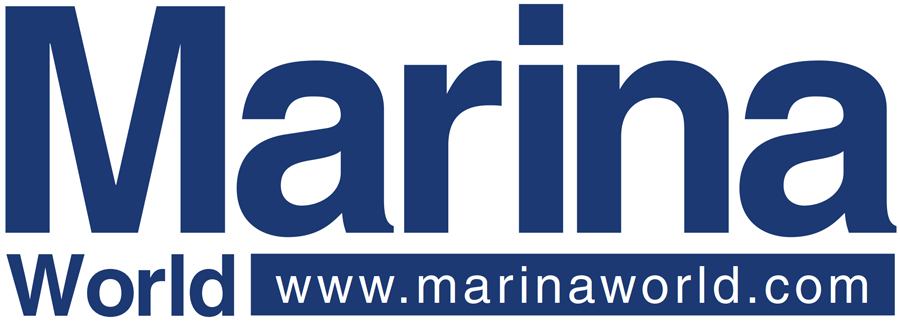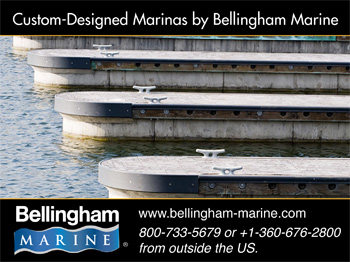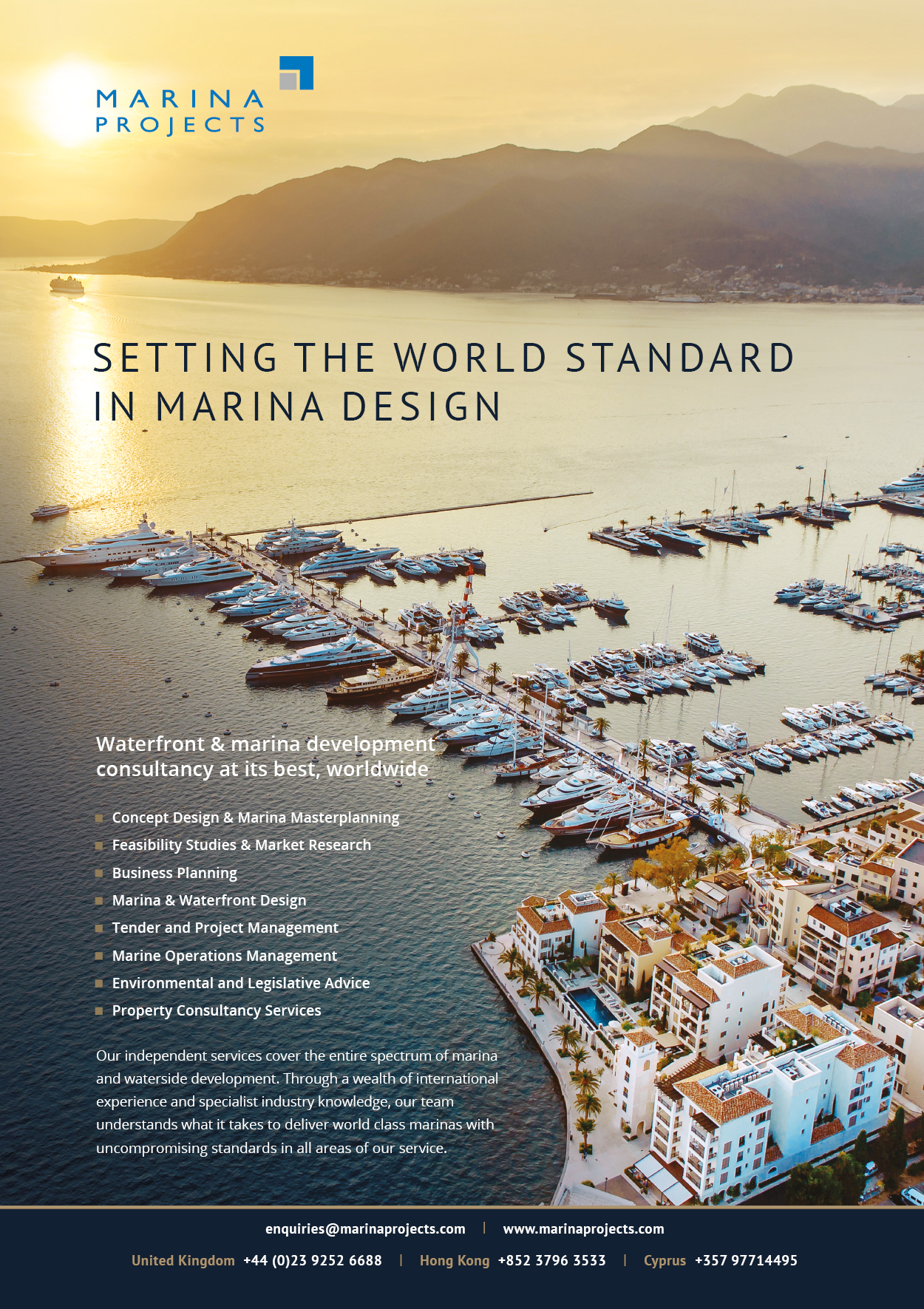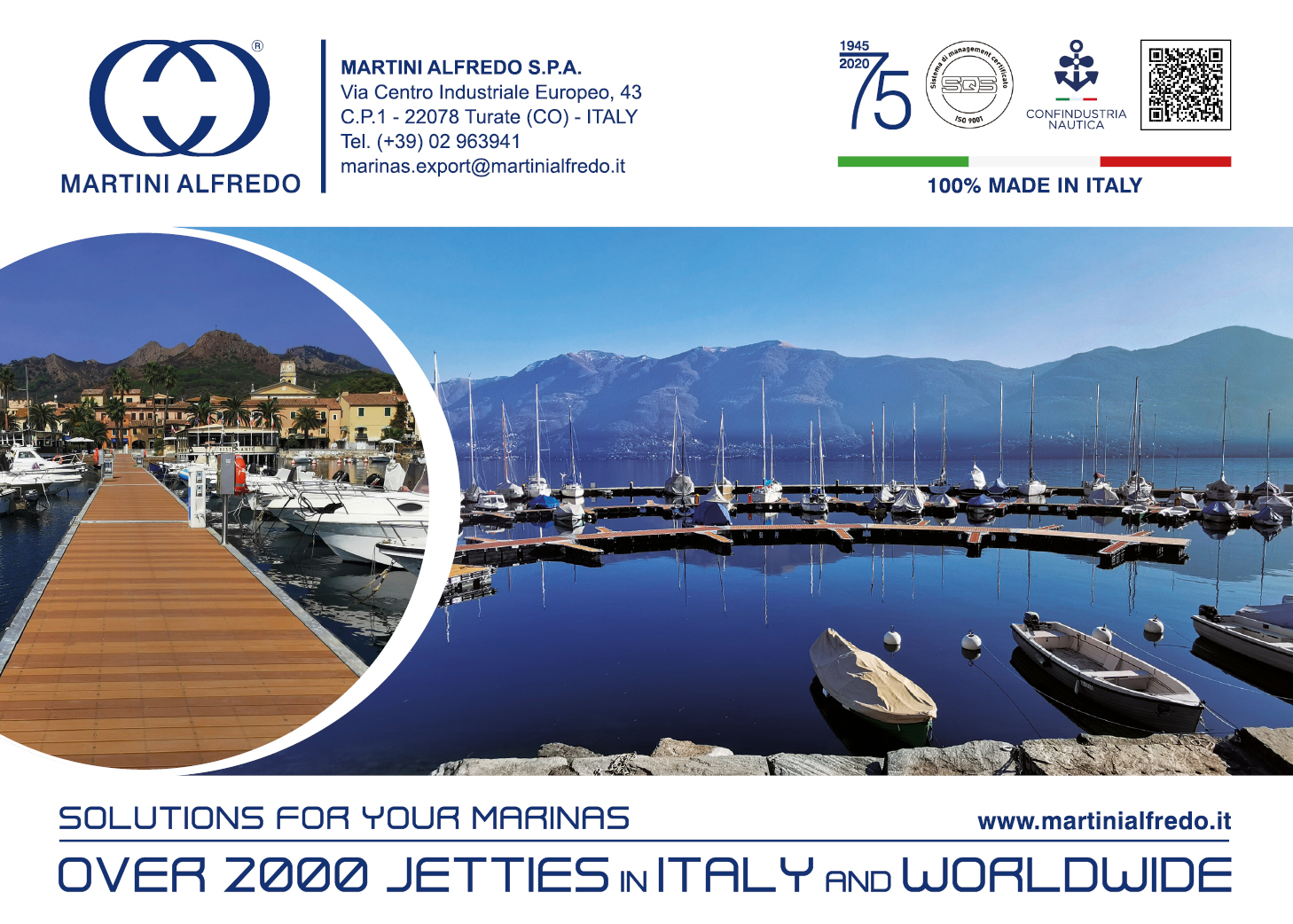Perfecting a forklift portfolio
When Marty Flaska set up a forklift workshop in his garage in Chicago in 1980, it was the start of an entrepreneurial success story. Joined by his brother, Mike, both of whom grew up helping their father in a small forklift repair shop, the co-owners have steadily built Forklift Exchange over more than 40 years to become an enterprise with multiple locations and international reach.
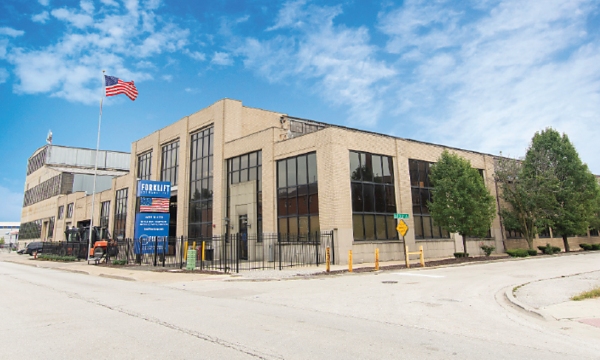
The Forklift Exchange midwest storage, service and refurbishing warehouse is located in Bedford Park, Illinois. It is equipped with service cranes up to 100 tons.
There have been many journey highlights. For example, Marty Flaska purchased manufacturing rights from Silent Hoist & Crane in 1994 for a brand renamed as Hoist Liftruck, and renamed as Hoist Material Handling when it was subsequently sold to Toyota in 2019.
For new marina forklift sales, Forklift Exchange retains its connection with the Hoist range as an authorised dealer, servicer and parts supplier for the Neptune, and has also partnered with Marina Truck Sales to offer new Wiggins marina trucks, service and parts.
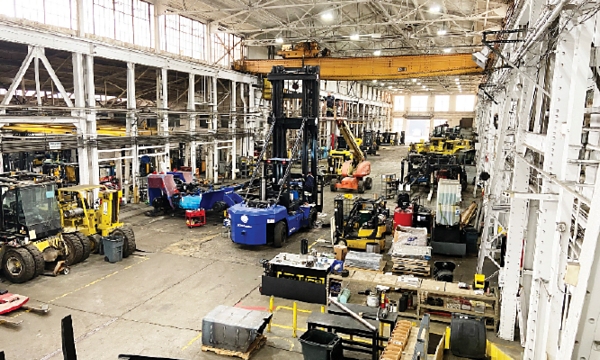
Workshop space at Bedford Park is used by staff specialising in parts, paint, fabrication and technical services.
The Flaska family has forklifts in its blood. Founder, Marty, and co-owner Mike, are joined by two younger generations of family members: Vincent (Vince) who is president; Maxx and Luke, joint principals; and Jason, national account manager. Marina World speaks to Luke Flaska:
Q: Is your portfolio of products complete or do you have plans for even further expansion?
A: We are always looking for new growth opportunities that complement our valued partners and pre-existing product line-up. Our goal is and always will be to serve and meet the needs of our customers to an industry-leading standard. Just like any industry, customer expectations and demands will continue to shift and evolve with time, our portfolio is no different. One thing that will always remain steadfast however is the partnerships we have with our current partners. We believe strongly that a partnership is not temporary, but rather a life-long agreement to work together through thick and thin.

Luke Flaska: “We have the capacity to expand globally and we are eager to do so once we feel the market has grown enough abroad.”
A: Wherever there is a booming marina industry, we want our trucks and service there. Currently, we have great customer relationships in North, Central and South America, along with Europe and Australia. We have the capacity to expand globally and are eager to do so once we feel the market has grown enough abroad.
Q: Supporting a large range of machinery from different brands in terms of after sales service and parts supply is an enterprise in itself. How is this arranged?
A: It is certainly a feat to support these massive machines in numerous locations across the world, but we’ve developed an outstanding team of committed and hardworking people who share the same goal. Every division within our organisation has motivated individuals who know how to support our customers and solve problems. This is the first step. The second step is hands-on experience, and thankfully we have more than virtually any other service provider after nearly 25 years of high-capacity forklift manufacturing experience by owning and operating Hoist Liftruck.
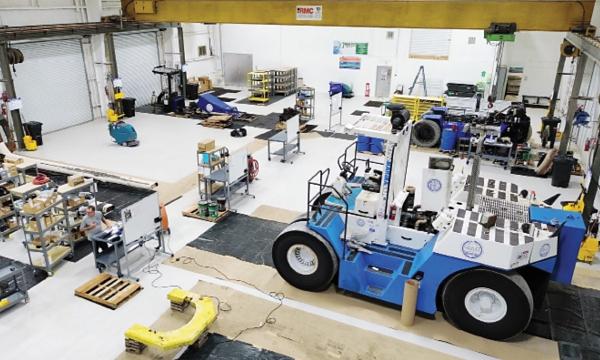
The newly renovated workshop at the Fort Myers facility is staffed by a team formerly known as Hoist Lift of Florida.
Over half of the team at our company consists of either shop or road technicians, and this is reflected directly in the quality of work we perform. We worked hard to get a talented team of high-quality individuals, and we are constantly searching to add more members to our team who meet our high standards. We also have a supply chain team that dedicates its time to parts sourcing and sales so our customers can always get what they need in a timely manner.
Q: What challenges are you experiencing now and foresee for the future as yard machinery ‘goes electric’? Is there much demand at the moment for electric or hybrid machinery?
A: As a company that always prepares for the future and industry trends, we have not seen significant demand yet from customers for electric marina lifts for what we believe to be two primary reasons.
First, there simply is not a robust infrastructure to support these machines from both OEMs and the charging infrastructure. Although there certainly are electric marina lifts manufactured each year, it remains a small percentage of overall new truck production.
Second, it is difficult for marinas to rely on electric machines due to cycle times, the weight of the machines, and significant hydraulic demands. When a diesel forklift gets low on fuel, you take a few minutes to refuel and you’re back up and operating. The same cannot be said for electric forklifts which are worked non-stop throughout the day and cannot afford to spend 30+ minutes recharging every few hours.
There is some interest growing in the field of hydrogen power, as it functions similarly to diesel in regard to long run times and quick refuelling with the benefits of green energy. This field is still in its proprietary stages, but it’s possible that we see hydrogen forklifts become a prominent industry in the next few years. For now, diesel remains king.
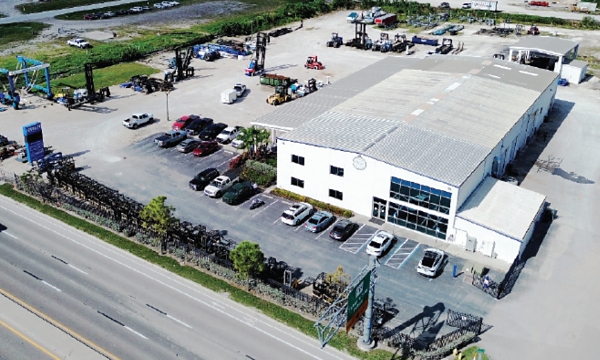
A ten-ton industrial crane, indoor paint booth and full wash pit capabilities are features of the 18,000ft² (1,700m²) facility in Fort Myers, Florida.
A: As boats get bigger and heavier, drystacks get larger, and marina managers need bigger and heavier forklifts to move their customers’ growing boats. This is a trend that will never go away. The bigger, the better.
Q: There is room in the industry for fully and partly automated systems and traditional forklift operated facilities. What are the benefits of going the forklift route?
A: This is an interesting question. Automation and AI are obviously the hot topics of 2024 across every industry. Especially for the machinery moving and marina space, automation is an interesting concept. Although it may work in some practices, the reality is that it is more affordable to hire a skilled forklift operator and actually more efficient as well than having a slower fully automated boat storage system. Having a skilled forklift operator allows the operator to “feel” the machine and understand when you may be in trouble.
Similarly, a skilled operator can actually outperform an automated system because of their ability to troubleshoot and find creative solutions to drystack obstacles. In a setting like an Amazon warehouse where you have automated robots moving 50lb boxes of goods worth a few thousand dollars at most, you can afford for machines to make mistakes and damage goods because this system welcomes automated processing. However, in a drystack setting where your cargo can be worth millions, you cannot afford to rely on a robot unless it is absolutely flawless. We are not at that point yet.
There may be a place for automation, but it would be on boats that are outside the lifting capabilities of forklifts. When you get above a 60ft [18m] boat, the size of forklift required to pick it up and the aisle space and infrastructure required to support it become unfeasible. Based on our market research, the average boat size in the last 20+ years has increased from 23ft [7m] to 32ft [9.7m]. At this length, a forklift is significantly more efficient. Given the boat counts at marinas and heavy requirements during the season, there are not enough hours in a day to pick, drop, pull, set, wash, rack and re-rack boats with automated machines.
Q: What do you think are the biggest challenges facing existing and would-be drystack operators?
A: We’ve noticed a lot of consolidation across the drystack industry as of late. Smaller mom-and-pop shops have sold their marinas to larger managing corporations that are looking to help grow the marina industry. I wouldn’t necessarily say this is a challenge as it has pros and cons, however, if you were thinking about opening a marina it is certainly much more difficult now as there’s a significantly higher amount of capital in the industry on the operator side. Additionally, environmental challenges, higher cost of entry, high interest rates, increased level of service expectations from customers, and finding consistent and qualified labour offer challenges as well.
